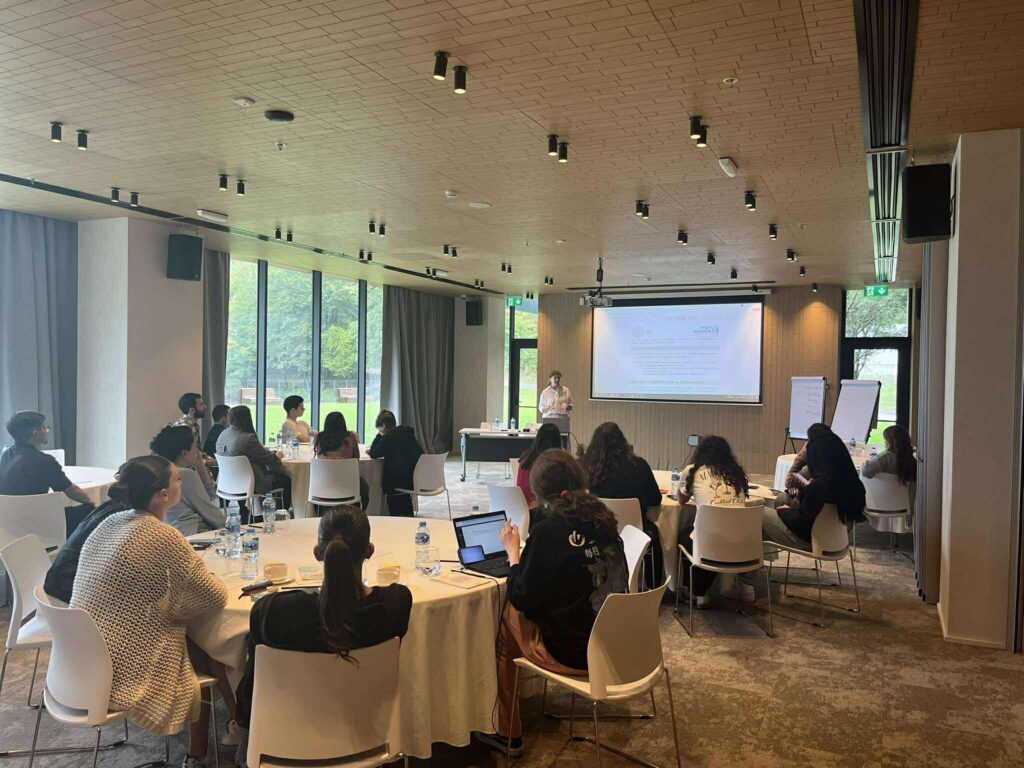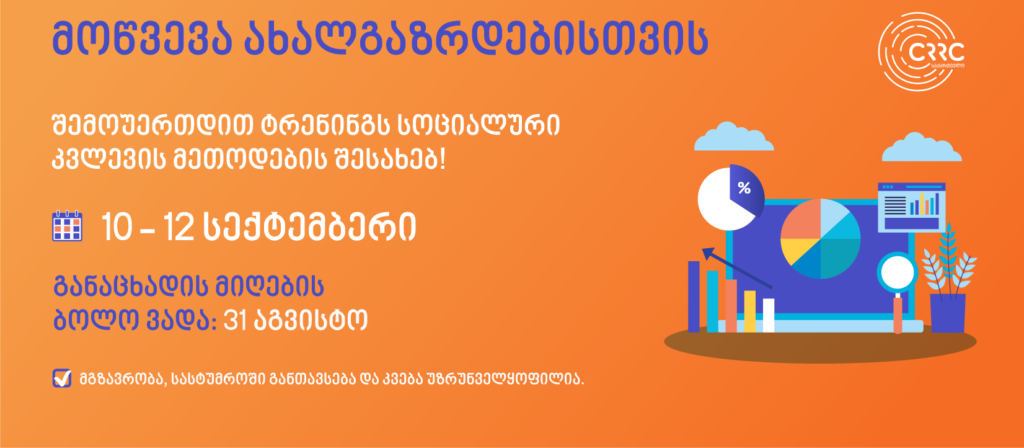EBRD has released the results of its study on remittances in Azerbaijan, Georgia and Moldova. A
unique aspect of the study in Post-Soviet territory is that it not only surveys migrants in Georgia, Azerbaijan and Armenia, but it also carried out interviews with migrants themselves in Russia.
Many results, at first glance replicate findings from other studies as well as the Global Development Network study we are currently working on (stay tuned for more).
- Remittance money sent is generally only spent on basic needs.
- Migrants to Russia tend to be younger and male.
- Most migrants use the banking sector to transfer money (though many don’t have bank accounts) – but there is an extensive courier trade for remittances.
- Few migrants are interested in business or economic development in their countries of origin.
These findings have significant policy implications, not least because it shows that Caucasus migration varies from, say, Latin American patterns. Your comments on possible policy implications are welcome.
Bendixen & Associates, renowned for their polling of Latinos in the United States and the across Spanish-speaking world, carried out the study. Undoubtedly, B&A won the bid as the result of their expertise in carrying out remittance studies in Latin America. However, some facts of the study are curious and we would like to find out more than the scant information on methodology available online (particularly compared to EBRD’s amazingly documented Life in Transition Survey).
- There is no mention of the sampling frame used in any of the countries. What strategy did B&A use to find households? Census lists are extremely outdated in both Georgia and Azerbaijan.
- The report mentions a wide variety of interview languages employed for the study in Azerbaijan – including Tat and Farsi. B&A says, however, that all interviews were conducted in Georgian in Georgia. We find this surprising, since non-Russian speaking minorities in Azerbaijan are a very small percentage of the population and linguistically well integrated. This is not the case in Georgia were sizable ethnically homogeneous communities do not speak the titular language (Georgian). As the study specifically mentions the particular status of Armenian families in Samtskhe-Javekheti, it would be interesting to find out how the interviewers communicated with these households.
- The Azerbaijan sample provides statistics based on regions. However, four regions out of eleven appear to be omitted. Guba-Khachmaz, which is in Northern Azerbaijan; Naxcivan, Azerbaijan’s exclave, which borders Turkey, and Kalbajar-Lachin and Dagliq Qarabag, which are both currently partially occupied – though there are regions under Azerbaijani control. If there was no sampling done in these regions, it should be stated, as the sample may then have certain biases in the national remitances picture. Naxcivan has distinct migration patterns with Turkey and many non-ethnic Azerbaijanis live in Guba-Khachmaz.
- On the follow up study in Russia, B&A’s explanation of the sampling frame is also opaque. It states in one of the reports posted on the Internet that it got its information from the Federal State Statistics Service and that this information was updated. In another report, it claims that the data on households was gleaned from household surveys. Either way they report the following numbers: 903,000 Azerbaijanis, 344,000 Moldovans and 283,000 Georgians. There may be a confounding factors in these counterintutive numbers. Many migrants, as the study notes, are already citizens of Russia. Yet many of those who migrate to Russia and now have citizenship were ethnic Russians, who themselves may have been born in Russia and migrated to the Caucasus during Soviet times. Furthermore, many ethnic Armenians from Azerbaijan fled not to Armenia but to Russia after the Nagorno-Karabakh conflict. Many of these ethnic Russian and Armenian families may have fewer (or no) connections with their former country of residence and this may yield very different dynamics. Again, some information on this would also be interesting.
We hope that the EBRD will release more information soon and even the data. So stay tuned for further updates.







